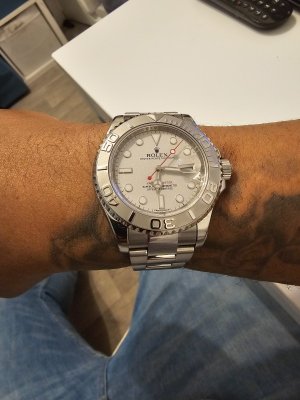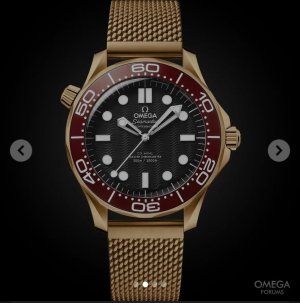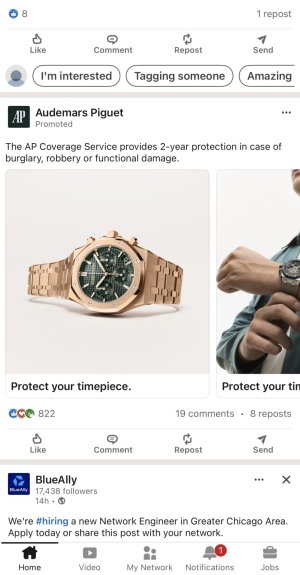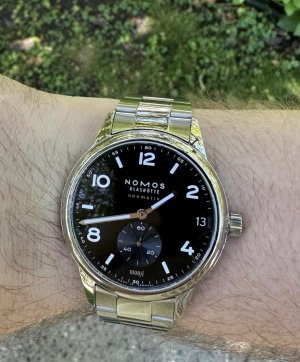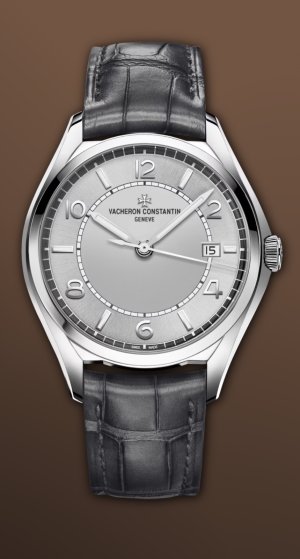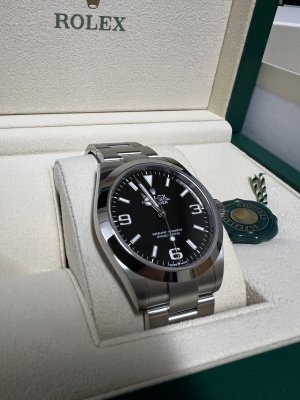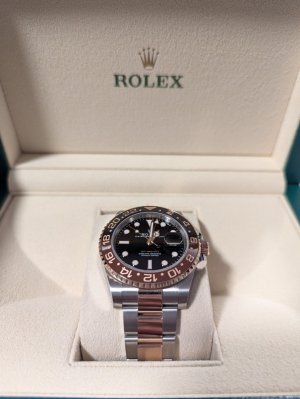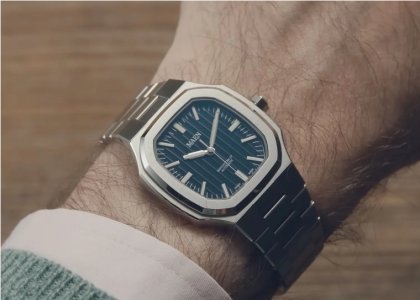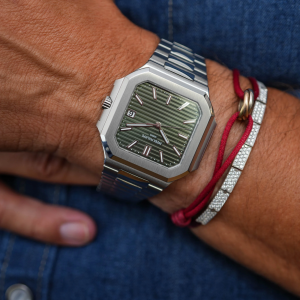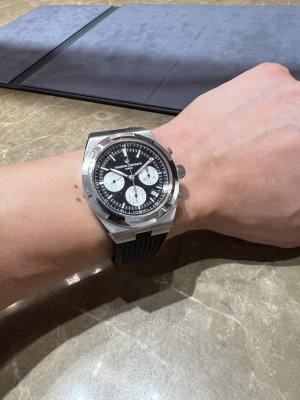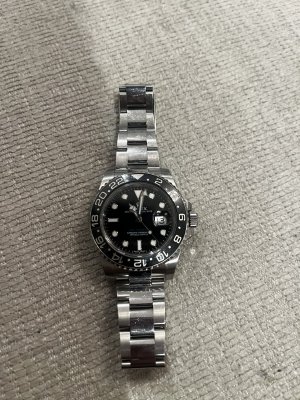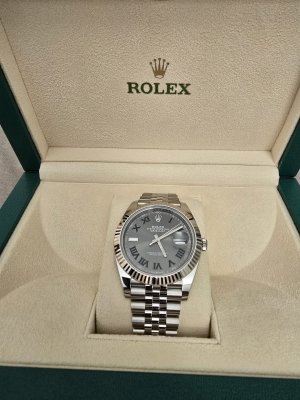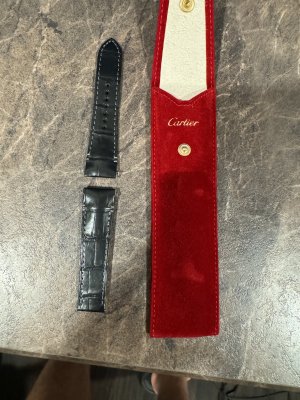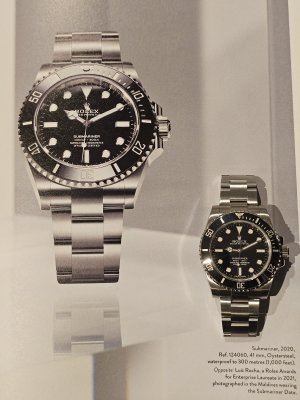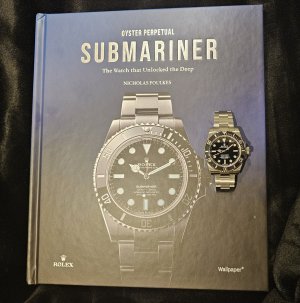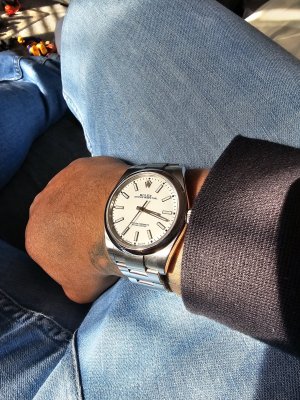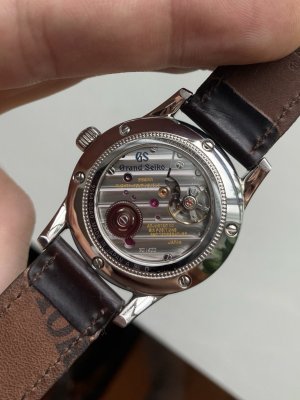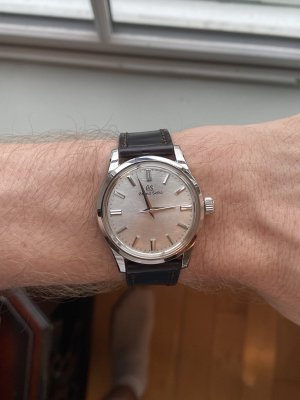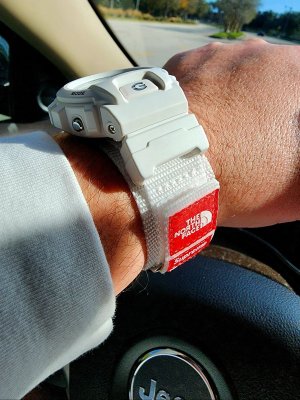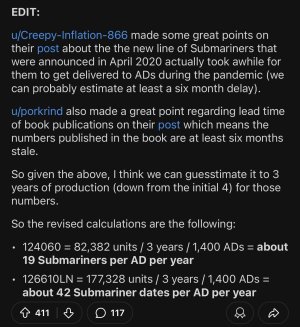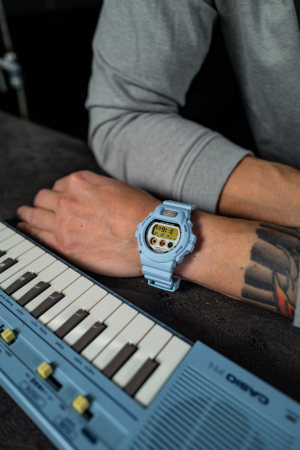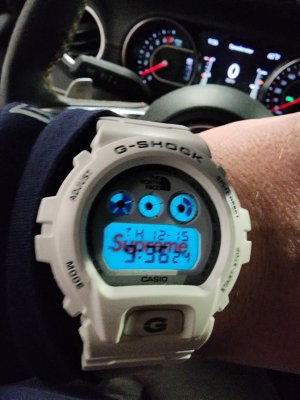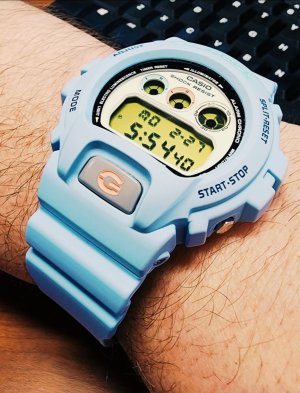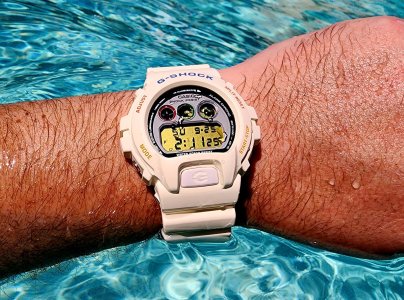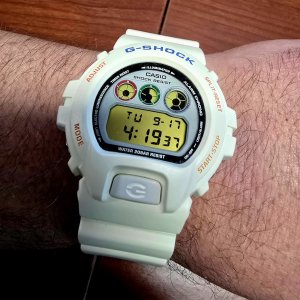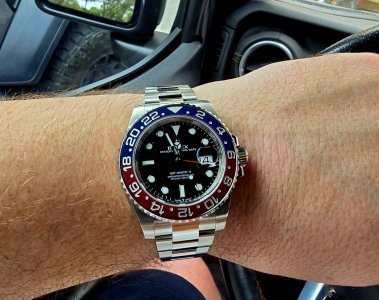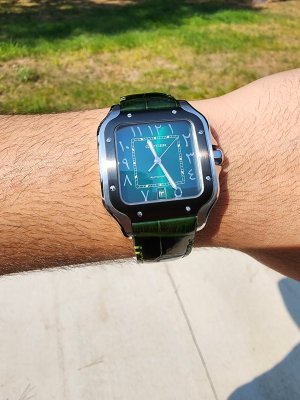The Rolex Daytona is the Hottest Watch That Money Can’t Buy
Imagine if Apple released a new iPhone, but no one could buy one, no matter how early you lined up. Imagine if Tesla answered the 400,000-plus pre-orders for the new Model 3 by making a few hundred. Imagine if Gordon Ramsay opened a power-lunch restaurant with only two tables.
Now you know what watch lovers are up against trying to get their hands on the new Rolex Oyster Perpetual Cosmograph Daytona, scheduled to be released this year.
This sleekly contemporary update of one of the most collectible watches of the last 50 years drew audible oohs when it debuted at the Baselworld watch fair in March.
Reviewers declared this next-generation Daytona, with its techie Cerachrom bezel, a triumph, “the watch Rolex lovers have been waiting for,” in the words of Gear Patrol.
Despite the $12,400 price, dealers were bombarded with orders. “From the moment it was announced, demand was unlike anything we’ve ever seen,” said Ira Melnitsky, the chief executive of Tourneau, the watch retailer.
There was just one problem: Daytonas are scarce. Considered a timepiece for cognoscenti, not first-time buyers, the company typically parcels them out in limited numbers to dealers, who, in turn, set aside the few they can get for their most loyal customers.
Anyone who knows how many, or few, Daytonas will actually be made is not telling. A spokeswoman for Rolex, a company that is discreet to say the least, declined to discuss production or distribution plans for the new model or even the official release date. (Many aficionados expect it in stores this summer.)
Given the surging interest, the situation is starting to resemble a highly genteel version of the Cabbage Patch Kids frenzy of the 1980s, when tight supply for the must-have dolls around the holidays led to near riots in toy stores.
“We’ll never have enough to satisfy demand,” Mr. Melnitsky said.
Indeed, the new model may represent a prime arbitrage opportunity for anyone fortunate enough to get hold of one but crazy enough to sell it. “I wouldn’t be surprised to see these new Daytona models get flipped in the secondary market for a cool $5,000 premium over retail in the first six months,” said Paul Altieri, who runs Bob’s Watches, a prominent online dealer of vintage Rolexes in Westminster, Calif. “I could sell 10 of them tomorrow.”
This is hardly the first time that the Rolex Daytona has created a fuss. The storied chronograph, named after the Daytona speedway in Florida, debuted in the 1960s as a tool for auto racing enthusiasts. With its three subdials for timing laps, it was basically the world’s most regal stopwatch.
By the 1970s, it was already achieving icon status, with a big boost from Paul Newman, who adopted it as his signature timepiece when he developed a passion for motor sports.
In the years since, the Daytona has become the rare timepiece coveted by both tweedy collectors (Christie’s sold a so-called Paul Newman model from 1969 for $1.1 million in 2013) and paparazzi-dodging celebrities (Daniel Craig, Adam Levine and Eric Clapton, to name a few).
Anticipation of the new model has been building for years, especially after Rolex redesigned its Submariner and GMT-Master II models with Cerachrom, a scuff- and fade-resistant ceramic that infuses these venerable midcentury models with a 21st-century flair.
The wait was finally over in March. “My phone started vibrating nonstop at Baselworld moments after Rolex raised the green window shades,” said Stephen Pulvirent, a watch journalist and editor at Surface magazine. “Everybody was chirping, ‘It’s finally here.’”
That same day, some even lined up outside the Fifth Avenue flagship of Wempe Jewelers, a prominent Rolex dealer, before it opened, said Ruediger Albers, the president of American Wempe Corporation.
But for Rolex devotees, the heady rush quickly gave way to a gnawing realization that they were going to have to wait a long time to possess one. To some, it feels like an horological version of “Waiting for Godot.”
“I’ve heard several times of two-year waiting lists,” said Louis Westphalen, one such devotee who oversees vintage watch sales at Hodinkee, the influential New York-based watch site. “I have friends who have given up because they were beyond 20th place on waiting lists.”
To some dealers, even two years seems optimistic. Mr. Albers said the wait could reach five years.
“Managing expectations is a challenge,” said Mr. Albers, who is considering engraving the purchaser’s names on the back of each watch to discourage buyers only looking to resell for a profit. He is also considering setting aside a couple of Daytonas for loyal customers to borrow for a week, so they can at least “enjoy the newness.”
Even so, the Daytona is likely to remain the most unattainable status symbol in town. “It certainly takes less time to get great ‘Hamilton’ tickets,” Mr. Albers said.









